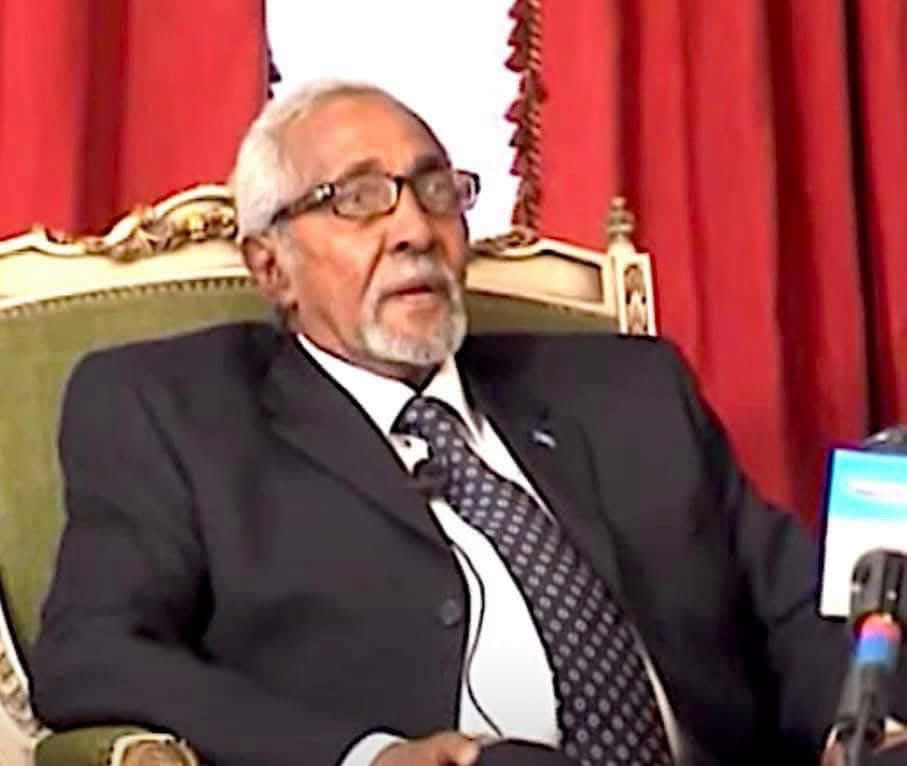Dafle and yhe Legacy of Impunity: Somalia’s Struggle with Justice After the Barre Regime
The recent death of General Ahmed Saleebaan Abdalla (Dafle) peacefully in asylum, a former director of Somalia’s National Security Service (NSS)—a notorious apparatus often likened to the Gestapo for its ruthless tactics—has reignited painful reflections on Somalia’s unresolved history of state violence. Dafle, who also served as Third Vice President of Somalia’s military regime (1969–1991), epitomized the intersection of power, brutality, and impunity that defined dictator Siad Barre’s authoritarian rule. His passing underscores a lingering national wound: the evasion of accountability by architects of atrocities, leaving Somalia’s collective trauma unhealed and justice perpetually elusive.
The Barre Regime: Militarism and Repression
Siad Barre’s 1969 coup ushered in a 22-year dictatorship that reshaped Somalia through militarism and pseudo-socialist rhetoric. While initially praised for unifying a fractured post-colonial state, the regime soon revealed its tyrannical core. The NSS, Barre’s intelligence arm, became synonymous with state terror, employing surveillance, torture, and extrajudicial killings to crush dissent. Dafle, as a senior NSS official and Barre’s son-in-law, occupied a privileged role, overseeing operations targeting intellectuals, journalists, and clans perceived as disloyal.
The regime’s brutality peaked in the 1980s during campaigns against emerging opposition groups, including the Somali Salvation Democratic Front (SSDF) in the northeast and Central Somalia and the Somali National Movement (SNM) in the northwest (now Puntland and Somaliland). The NSS orchestrated clan-based repression, particularly against the Majeerteen and Isaaq clans. In regions like Mudug and Hargeisa, tens of thousands were killed—while cities, villages, and critical infrastructure like waterholes were systematically razed. Dafle, infamously accused of ordering forces to “suppress, rape their women, and plunder the Majeerteens,” became a symbol of state-sanctioned terror.
Collapse, Chaos, and the Flight from Justice
Barre’s overthrow in 1991 plunged Somalia into clan-based warlordism, fracturing the very institutions needed to pursue accountability. Figures like Dafle exploited this chaos, shielded by clan allegiances and a global community preoccupied with humanitarian crises over justice. Many perpetrators reinvented themselves as powerbrokers in the new order, perpetuating cycles of violence. Unlike Rwanda’s gacaca courts or South Africa’s Truth and Reconciliation Commission, Somalia lacked transitional justice mechanisms, leaving victims without recourse and embedding generational resentment.
The absence of accountability was compounded by geopolitical neglect. During the 1990s, international actors prioritized famine relief and counterterrorism over rebuilding governance structures, enabling warlords and ex-regime enforcers to consolidate power. This legacy persists: today’s political elites include individuals implicated in past atrocities, further entrenching distrust in state institutions.
Unaddressed History: The Cost of Impunity
Dafle’s quiet death in obscurity mirrors that of many Barre-era officials, underscoring Somalia’s failure to reckon with its past. While the International Criminal Court (ICC) has investigated post-2000 atrocities, crimes from the 1970s–80s remain in legal limbo due to the court’s temporal jurisdiction limits (established in 2002). Domestic efforts, such as Somalia’s 2018 National Reconciliation Framework, face monumental challenges: political fragmentation, insecurity, and a lack of resources hinder progress.
Meanwhile, historical memory fades; younger generations, unaware of the scale of past violence, risk repeating its patterns.
This impunity erodes trust in governance and fuels cycles of revenge. Clan-based grievances, weaponized by politicians, continue to destabilize efforts to build inclusive institutions. Without truth-telling or reparations, reconciliation remains superficial, and the social fabric frays.
Conclusion: Justice as the Cornerstone of Peace
Dafle’s legacy is a microcosm of Somalia’s tragedy: without justice, recovery remains fragile. Addressing past crimes requires dismantling systems of oppression and fostering healing through truth commissions, reparations, and institutional reform. The international community must confront its role in sidelining accountability during critical junctures, particularly in the 1990s, and support grassroots Somali efforts to document atrocities and empower survivors.
For Somalia, lasting peace hinges on confronting its history. This means prosecuting living perpetrators, preserving testimonies, and educating future generations. Only through such reckoning can Somalia emerge from the shadow of its past, ensuring that future leaders can not evade responsibility as Dafle did. Justice, though delayed, must not be denied—it is the bedrock upon which enduring peace is built.
END
Ismail Haji Warsame | President Abdullahi Yusuf’s Chief of Staff | X: @ismailwardame


COMMENTS